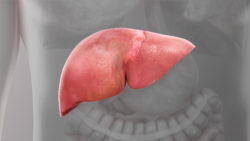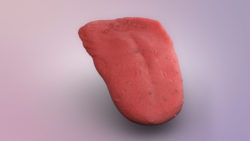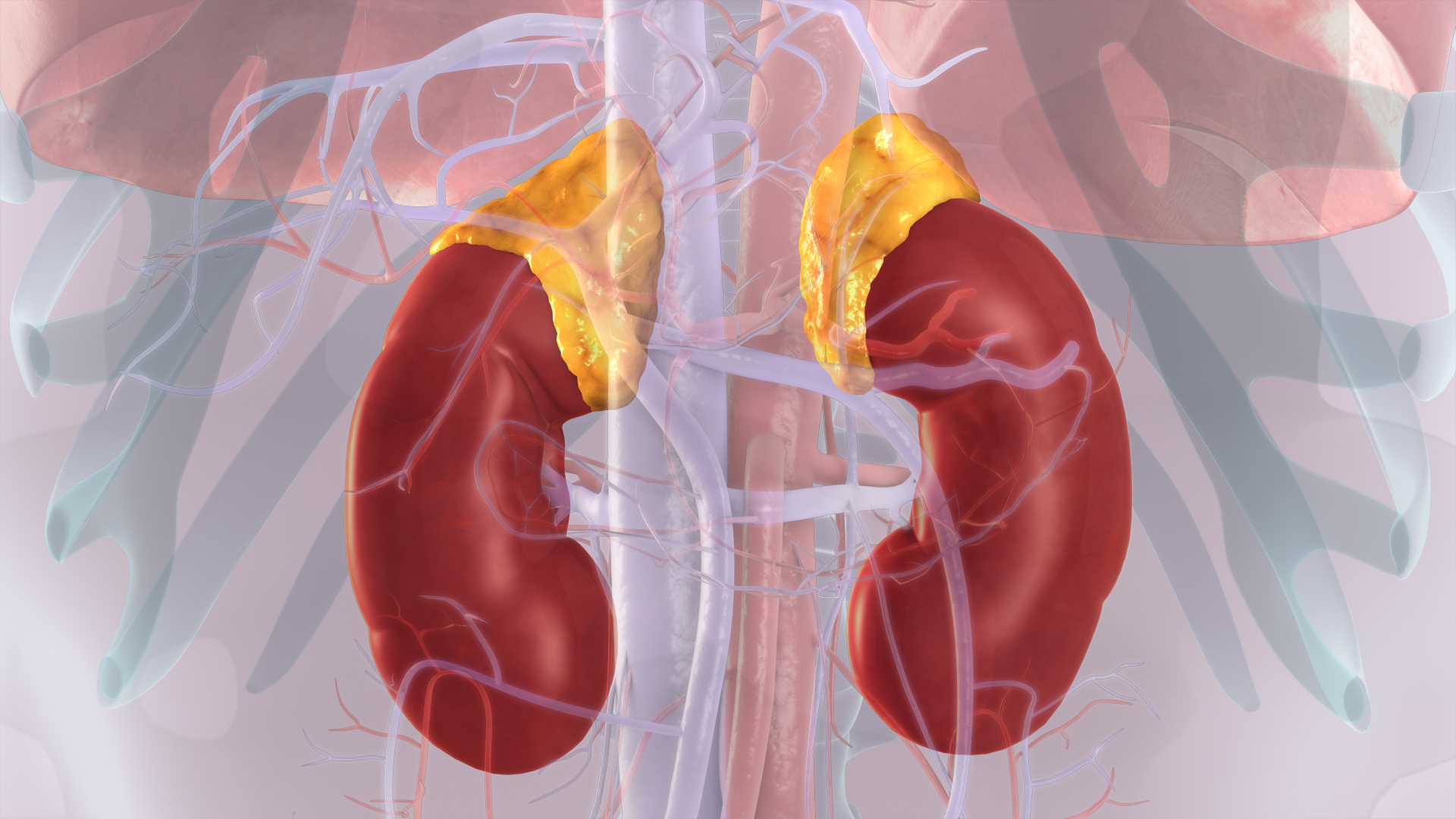Adrenal glands are small and triangular in shape and sit on top of each kidney and are also known as the suprarenal glands. Therefore, each of us have two adrenal glands. Adrenal glands are endocrine and produce a lot of hormones. Each gland weighs about 5 grams. The adrenal gland consists of two parts, the outer part is called the cortex while medulla is the inner part. Both these parts produce different hormones.
Functions
The adrenal glands are responsible for producing hormones that help in regulating our metabolism, immune system, blood pressure, response to stress, and other very essential functions.
-
- Hormones secreted by the Cortex
The outer part of the adrenal gland, the cortex forms the larger part of the gland and is further divided into three zones, zona glomerulosa, zona fasciculata, and zona reticularis. Each of these zones produce different hormones. The three main hormones that are produced by the cortex are, mineralocorticoids, glucocorticoids and androgens. The mineralocorticoids help in regulation of blood pressure and maintain the electrolyte balance in the body. The glucocorticoids mainly consist of the hormone cortisol that helps in controlling the body’s use of fats, carbohydrates and proteins, increases blood sugar, suppresses inflammation, and also helps in regulating the metabolism. Cortisol also controls the sleep and wake cycle. Androgens are weak male hormones that play an important role in the early development of male sex organs in childhood and female hair during puberty.
-
- Hormones secreted by the Cortex
The adrenal glands’ inner part is the medulla. The medulla produces hormones that initiate the fight or flight response. The main hormone produced by the medulla is adrenaline and noradrenaline. These hormones are secreted by the adrenal glands in physically or emotionally stressful situations, to give additional energy to the body to bear the strain. When these hormones are secreted, they increase the heart rate, there is an increased blood flow to the muscles and brain, and also assist in sugar metabolism and maintain the blood pressure.
Disorders
The pituitary gland is the gland that controls the adrenal gland, since it is also a part of the endocrine system. Adrenal gland disorders can occur when the pituitary gland fails to control the hormone production by the adrenal glands. Abnormalities of the adrenal gland can also be caused by the diseases of the adrenal gland such as infections and tumours in the adrenal gland. Health problems are created when the adrenal glands secrete too little or too much hormones causing hormonal imbalance in the body.
Cushing’s disease is the most common disease that occurs when the adrenal glands produce too much hormone.
Addison’s disease occurs when the glands produce too little of the hormones.
Treatment usually involves hormone replacement therapy, medication, radiation and in some instances, surgery.
The adrenal glands and the hormones they produce are very important and essential for day to day functioning. Hence, it is very important to get any disorder in the gland treated immediately and to lead a healthy lifestyle.
Disclaimer: The information in no way constitutes, or should be construed as medical advice. Nor is the above article an endorsement of any research findings discussed in the article an endorsement for any of the source publications.
References:

Liver: Functions and Disorders
Liver is one of body's largest organ. It is located in the upper right hand side of the abdomen, just below the diaphragm. Read More..

Tongue: Functions and related Conditions
The tongue is the only muscle which isn't joint to the bone at both ends, and it is quite uncommon in that aspect. It is connected to the hyoid bone on one end, which is unique too, as it is the only bone which is not joint to another bone in the human body. Read More..









